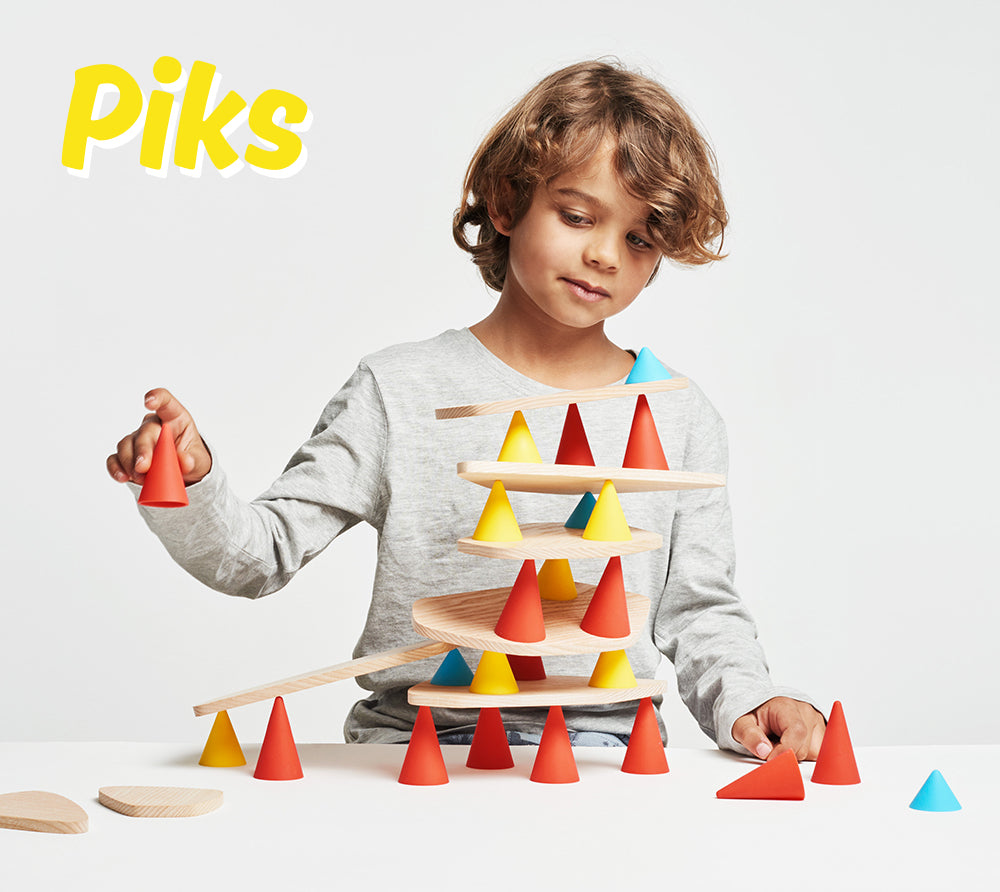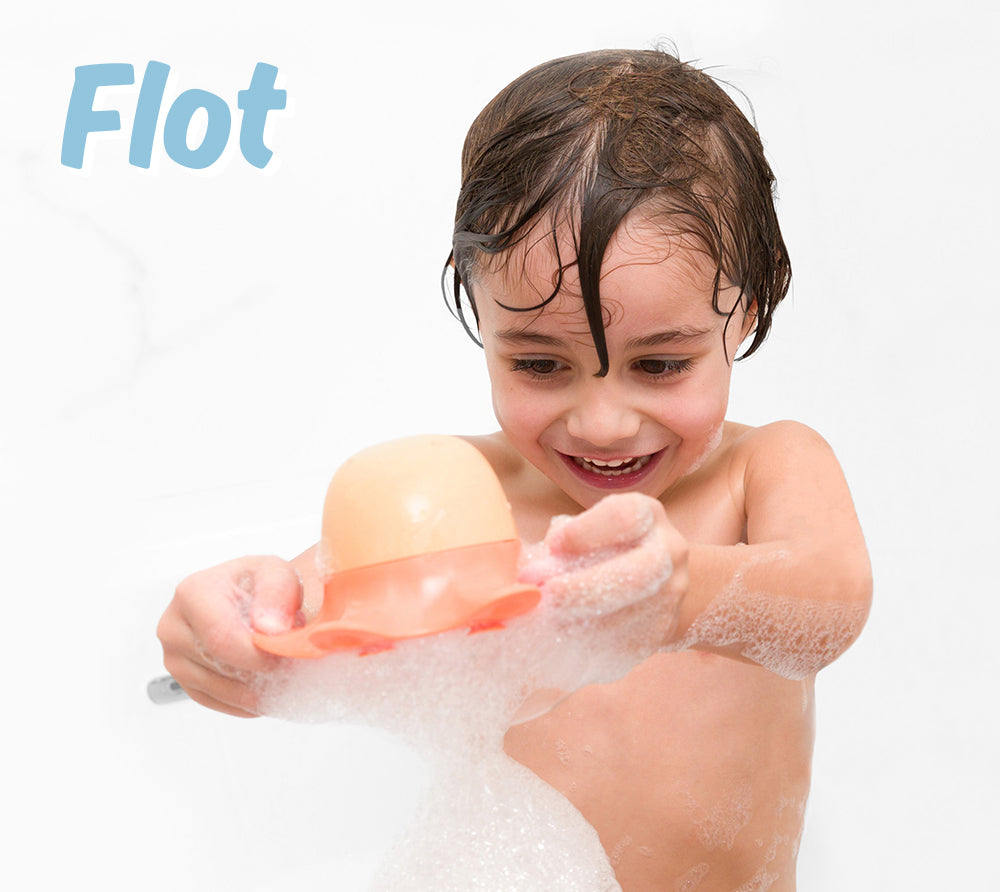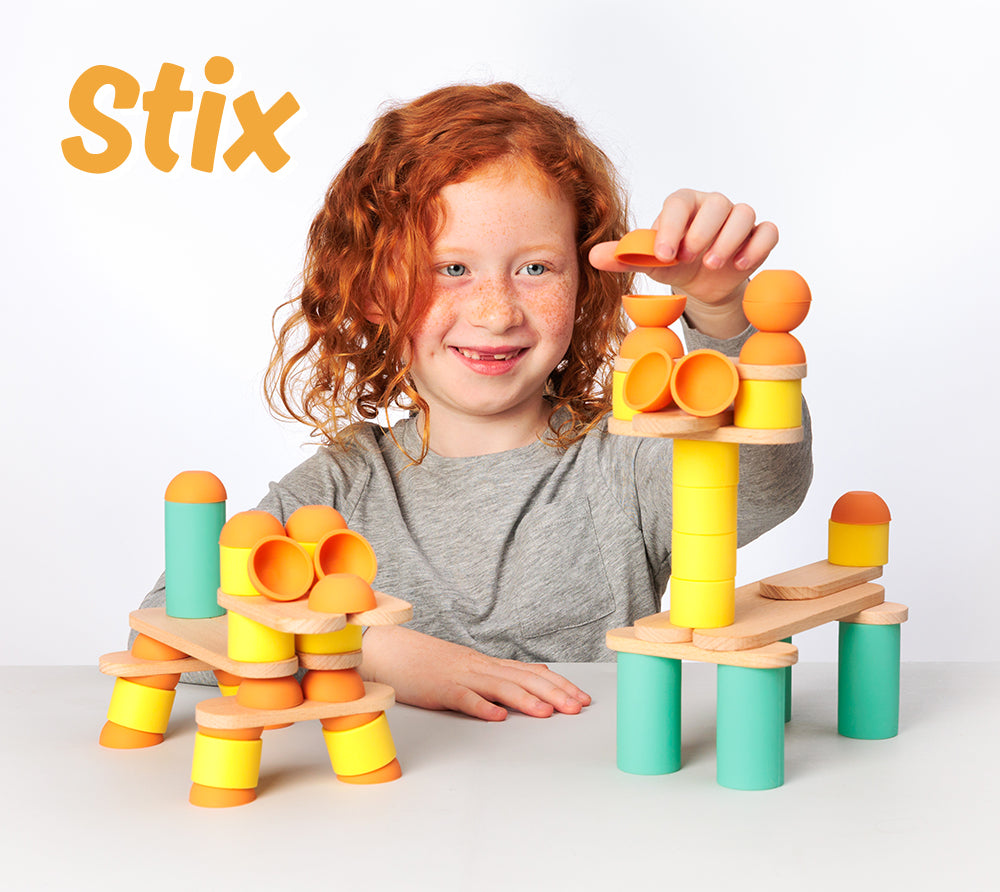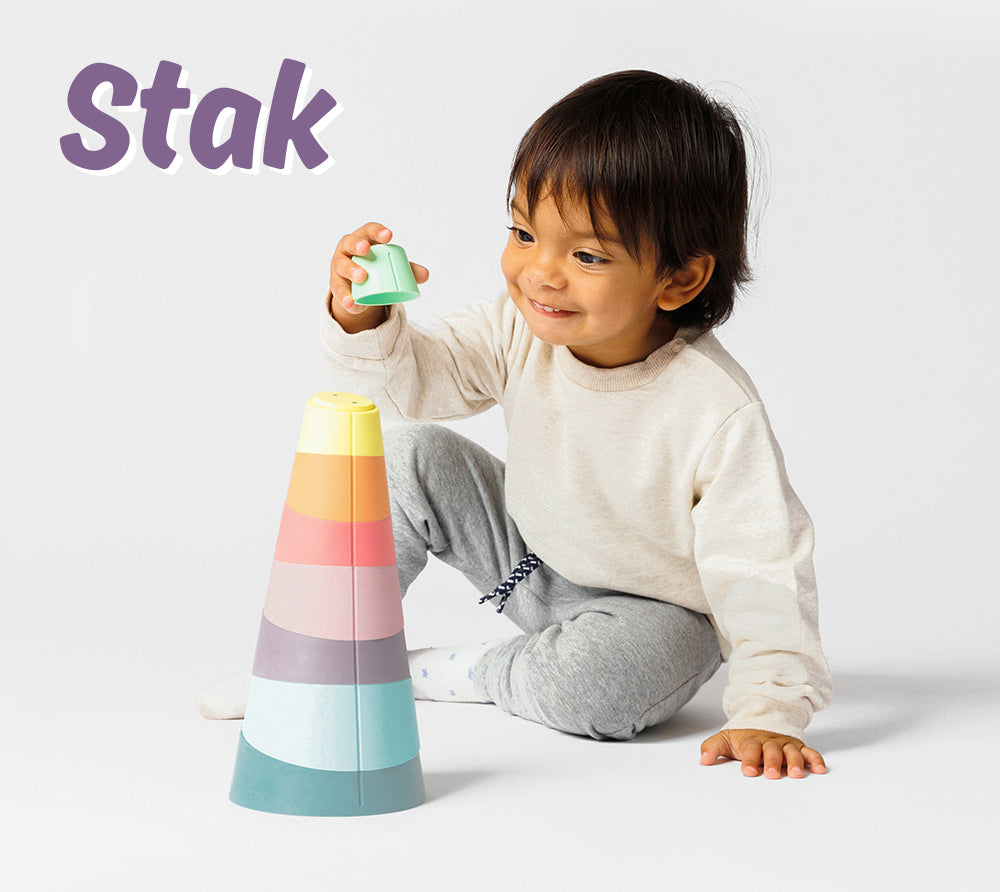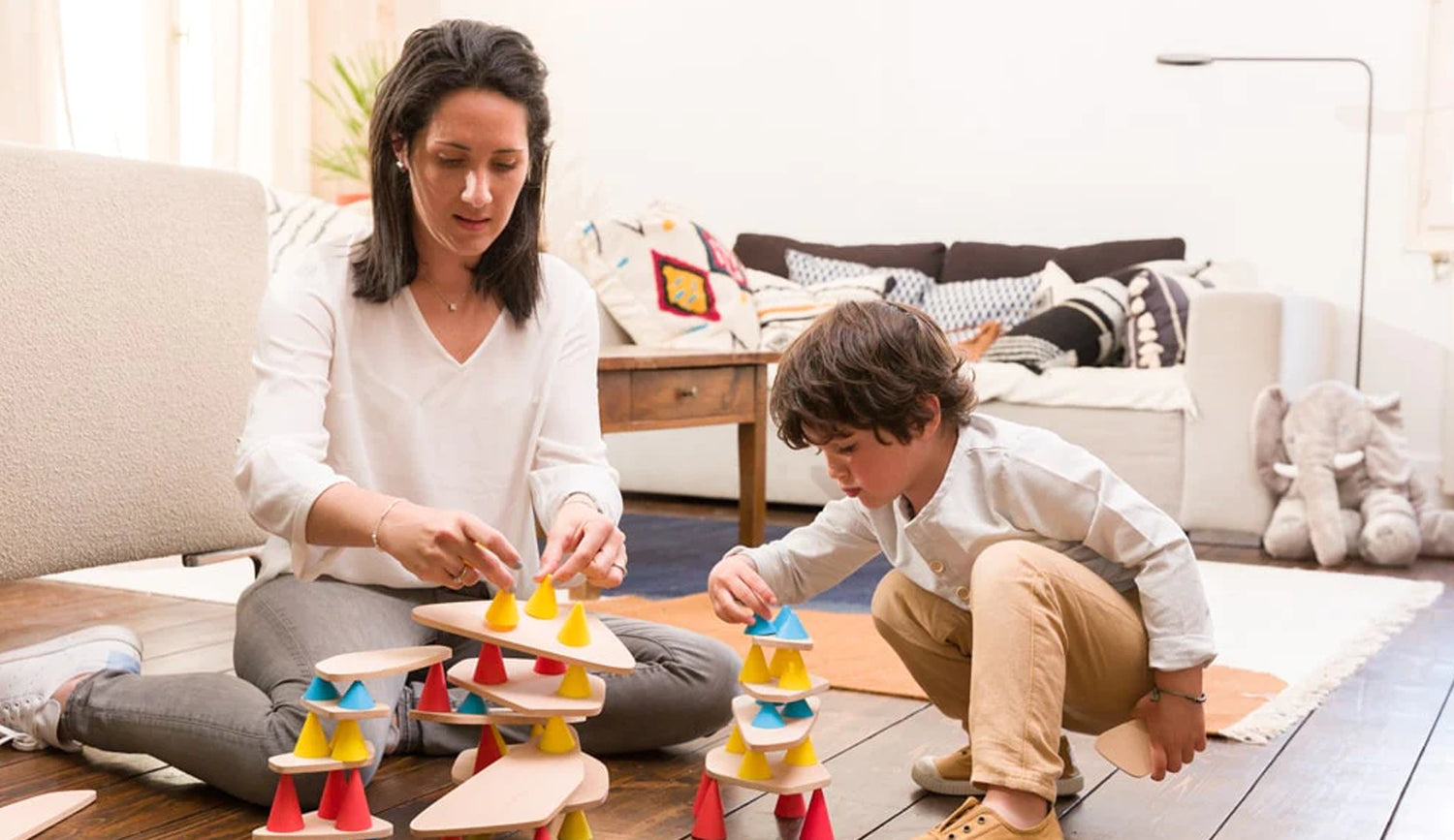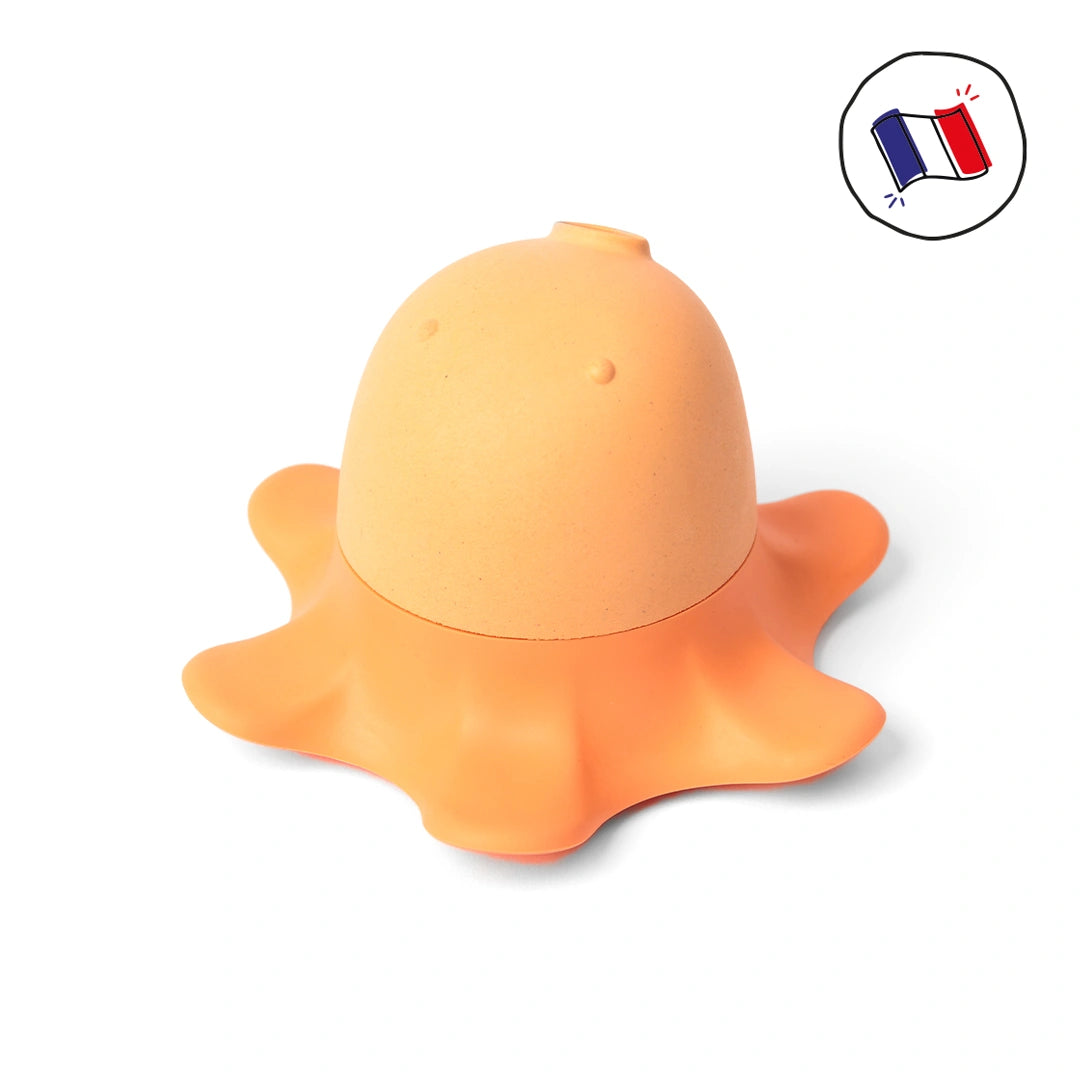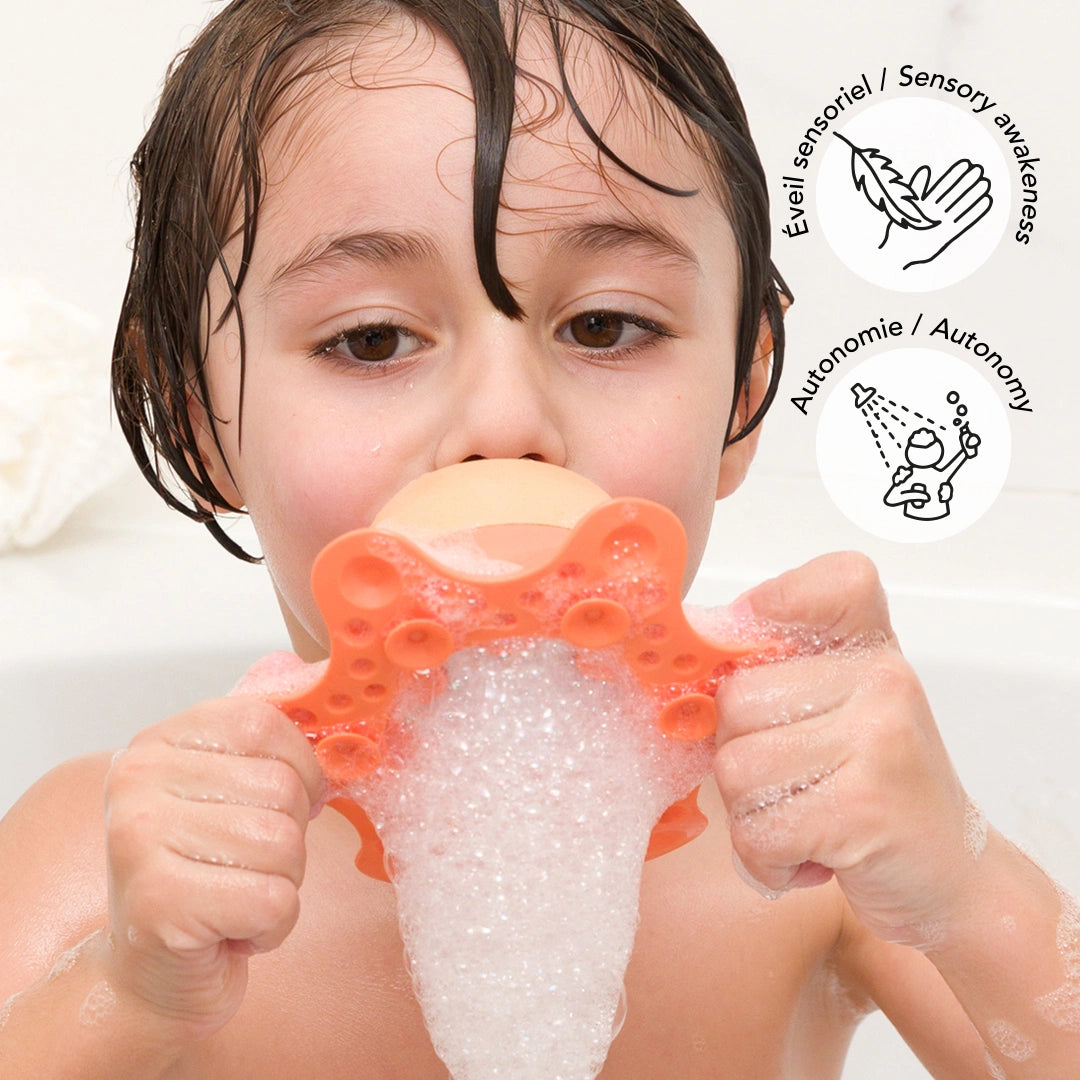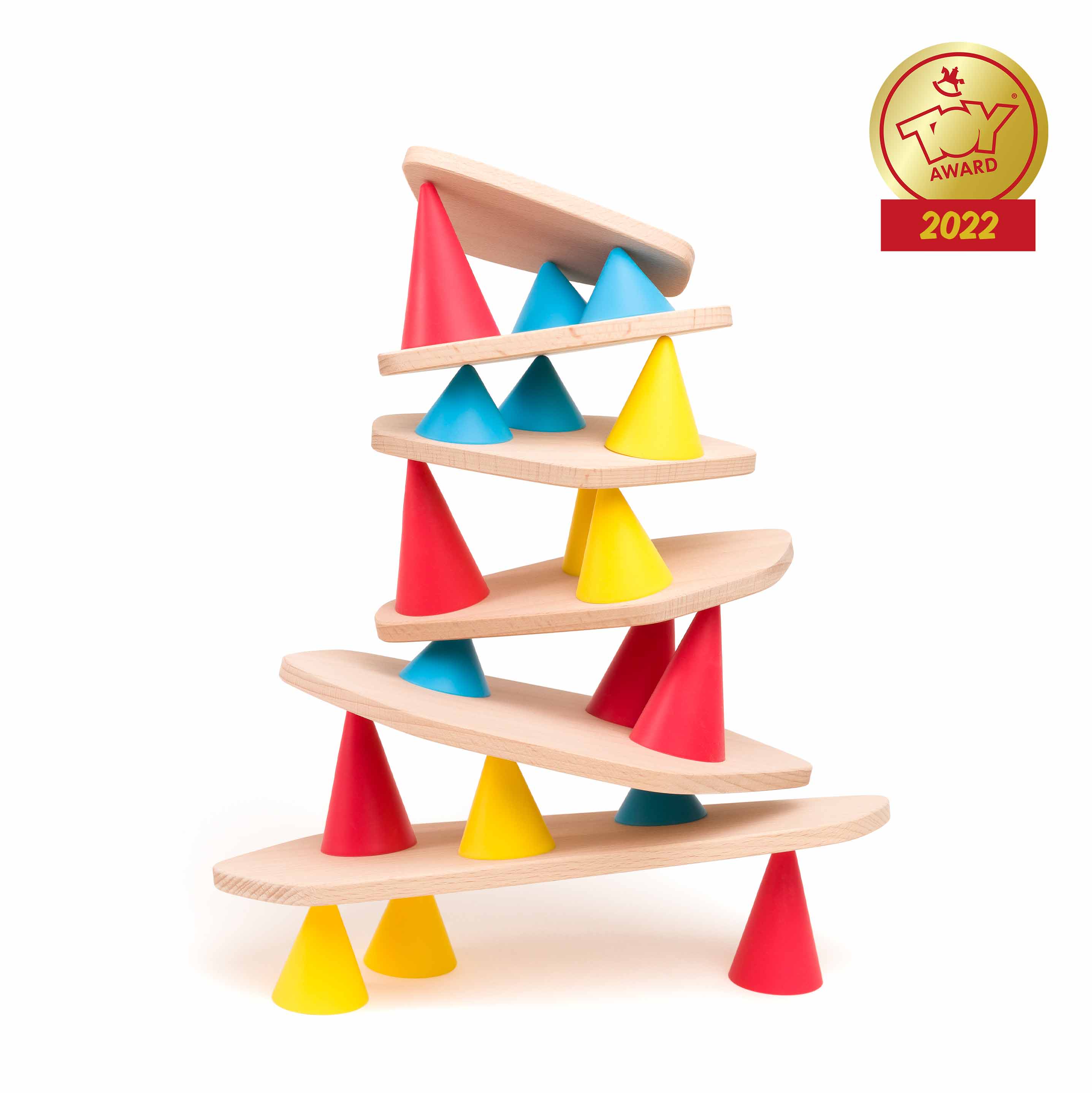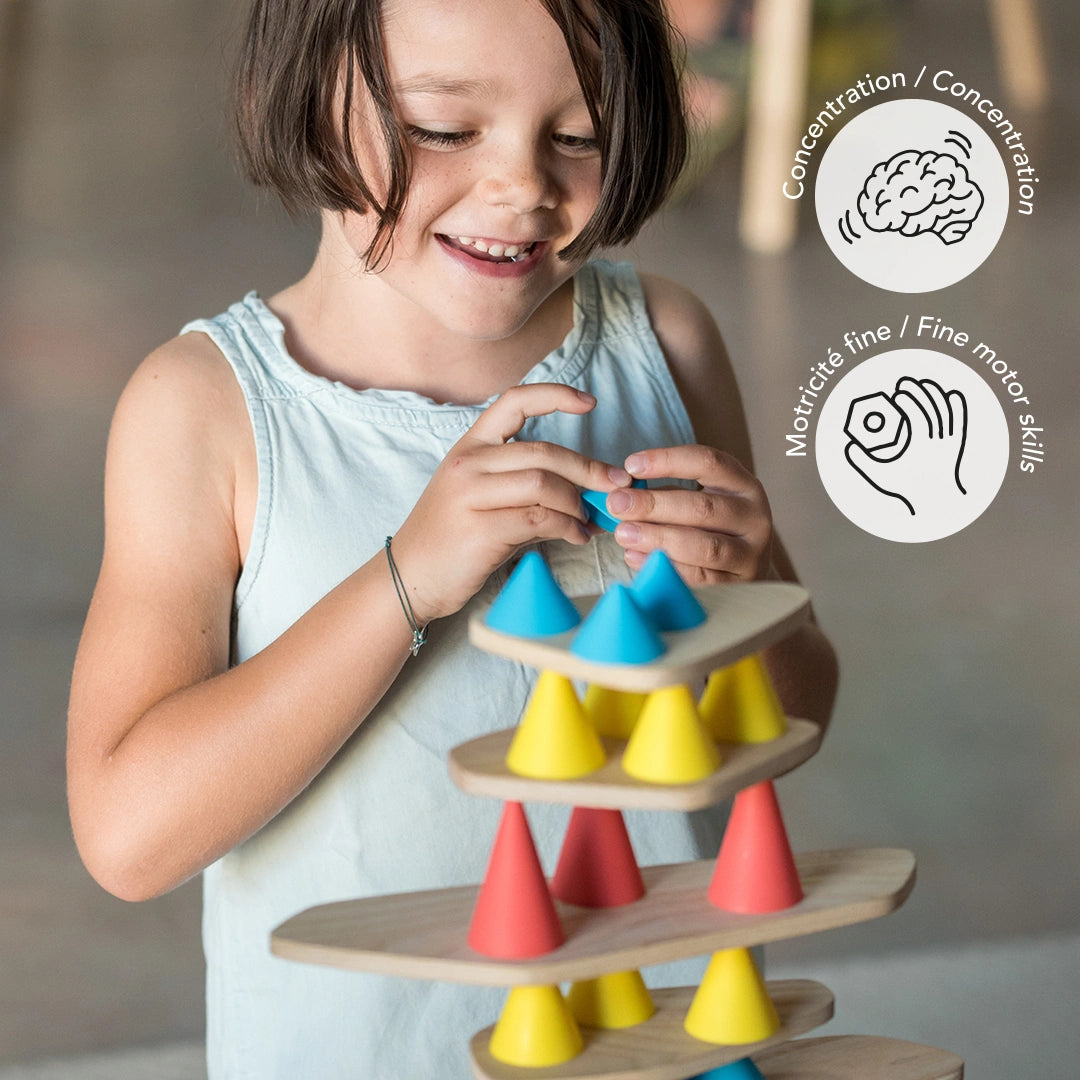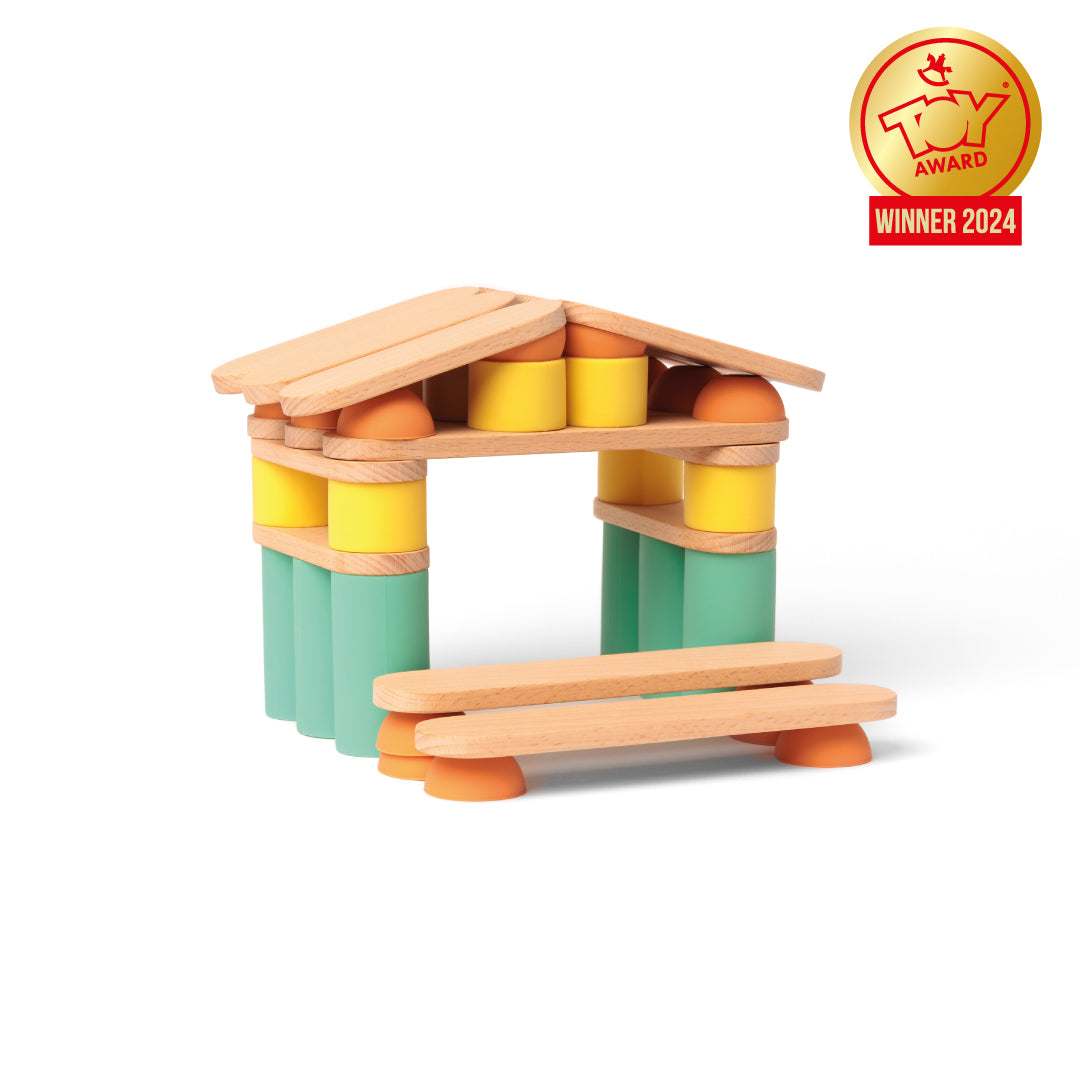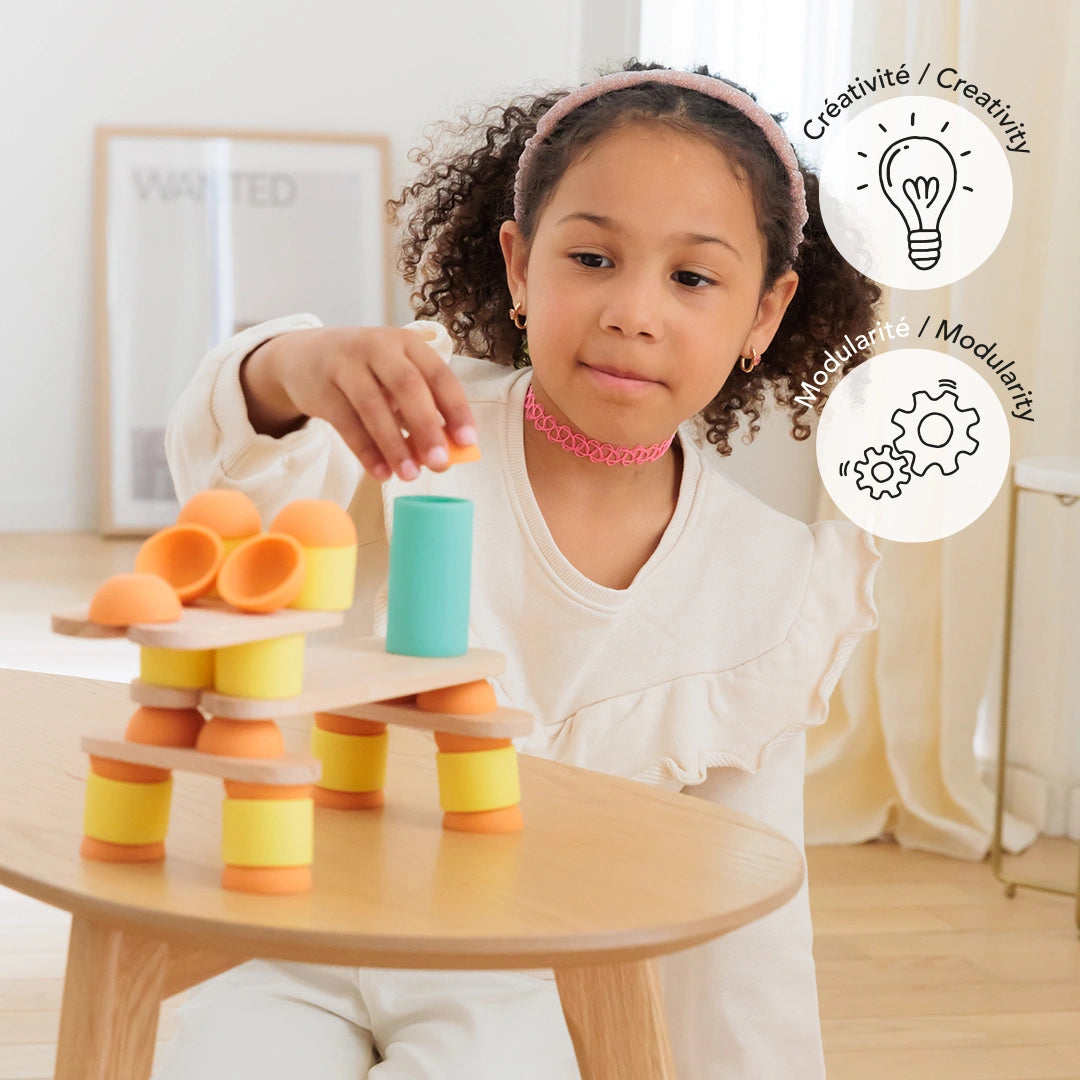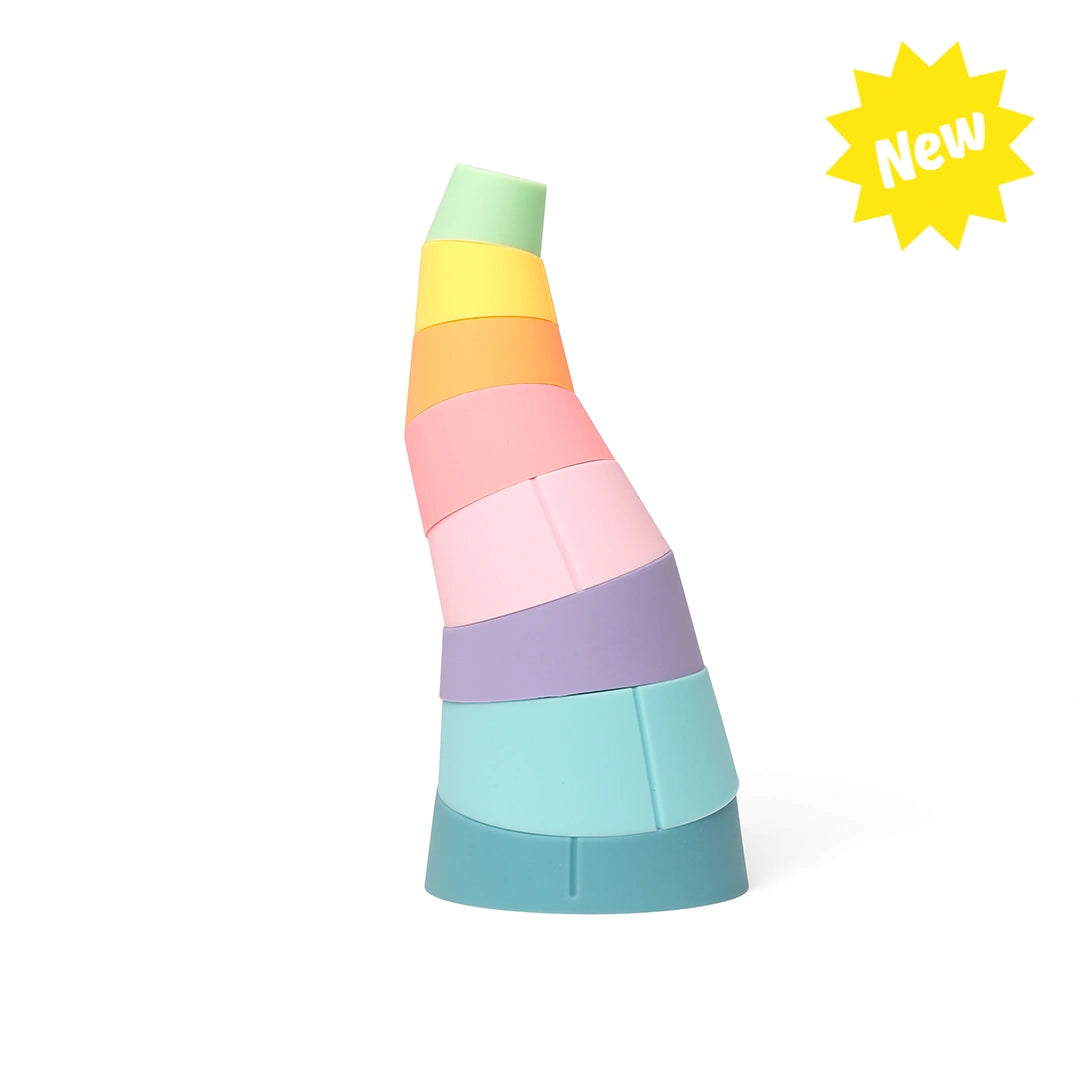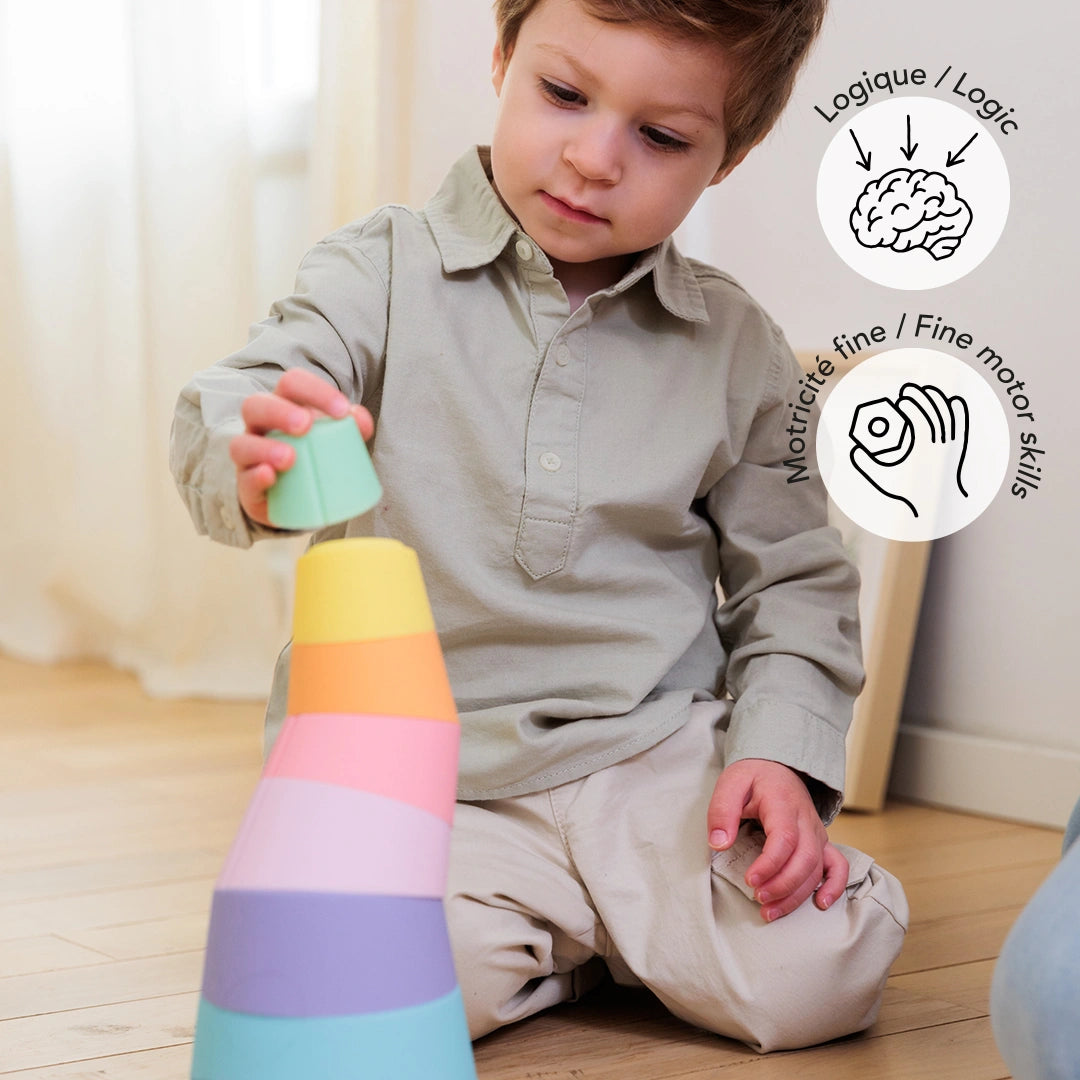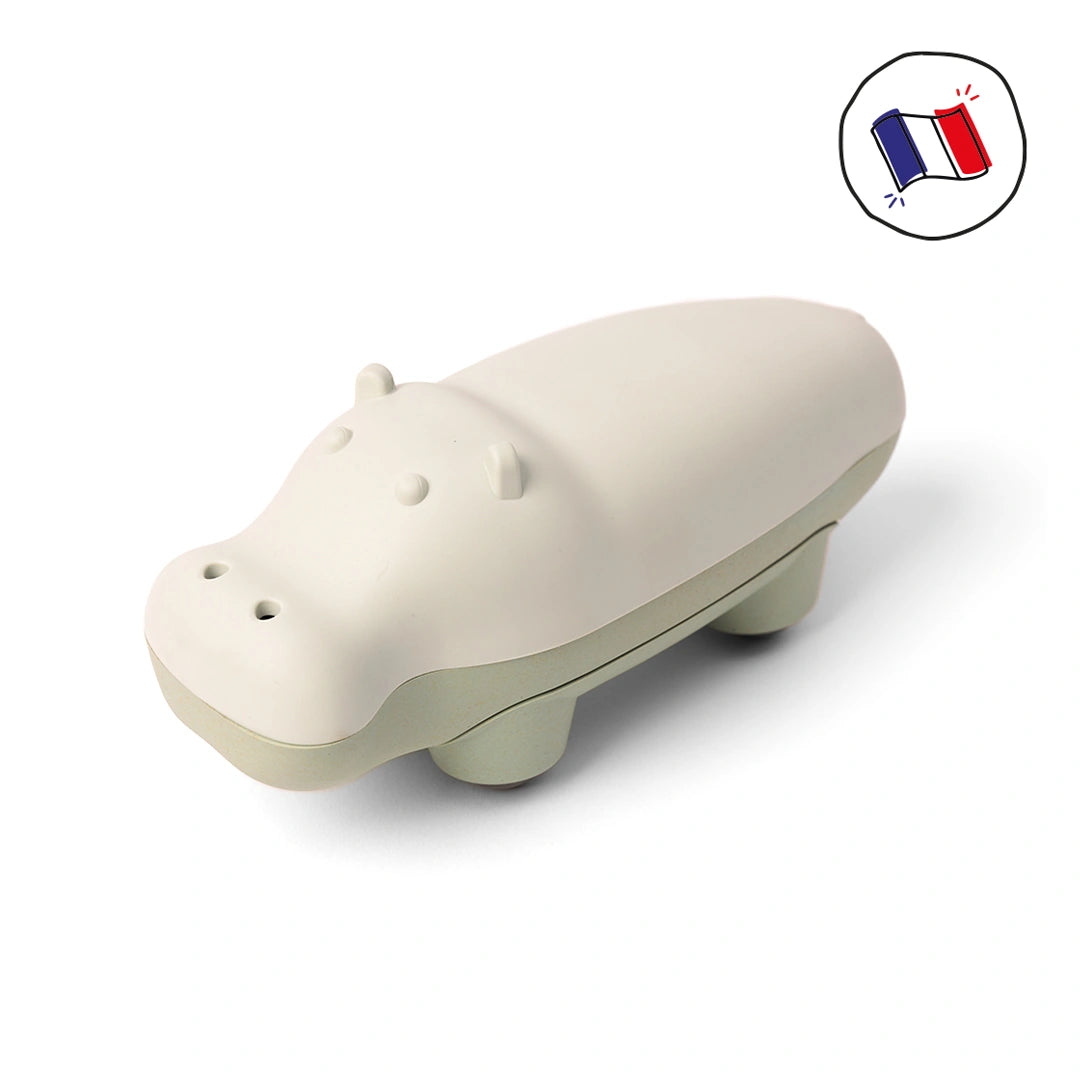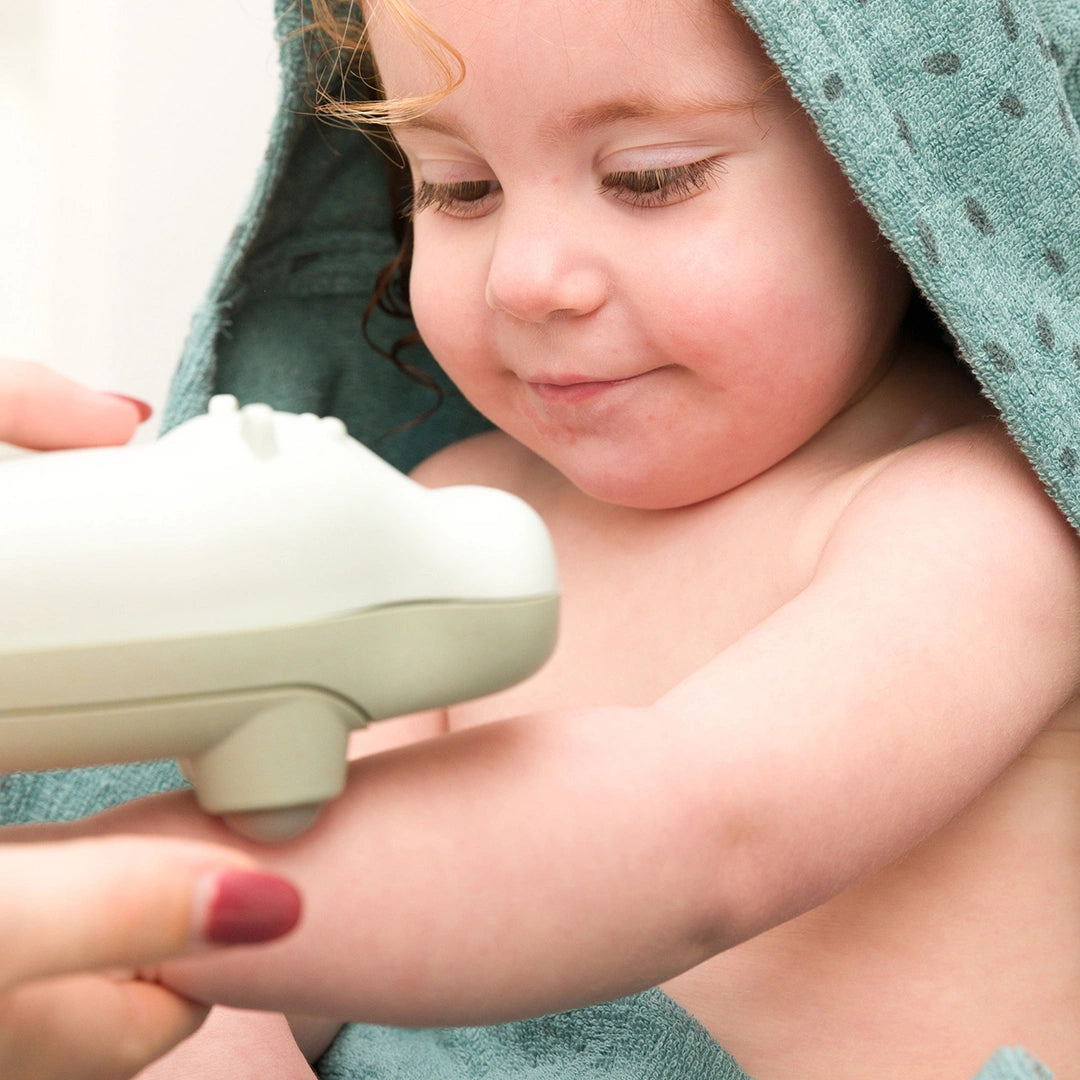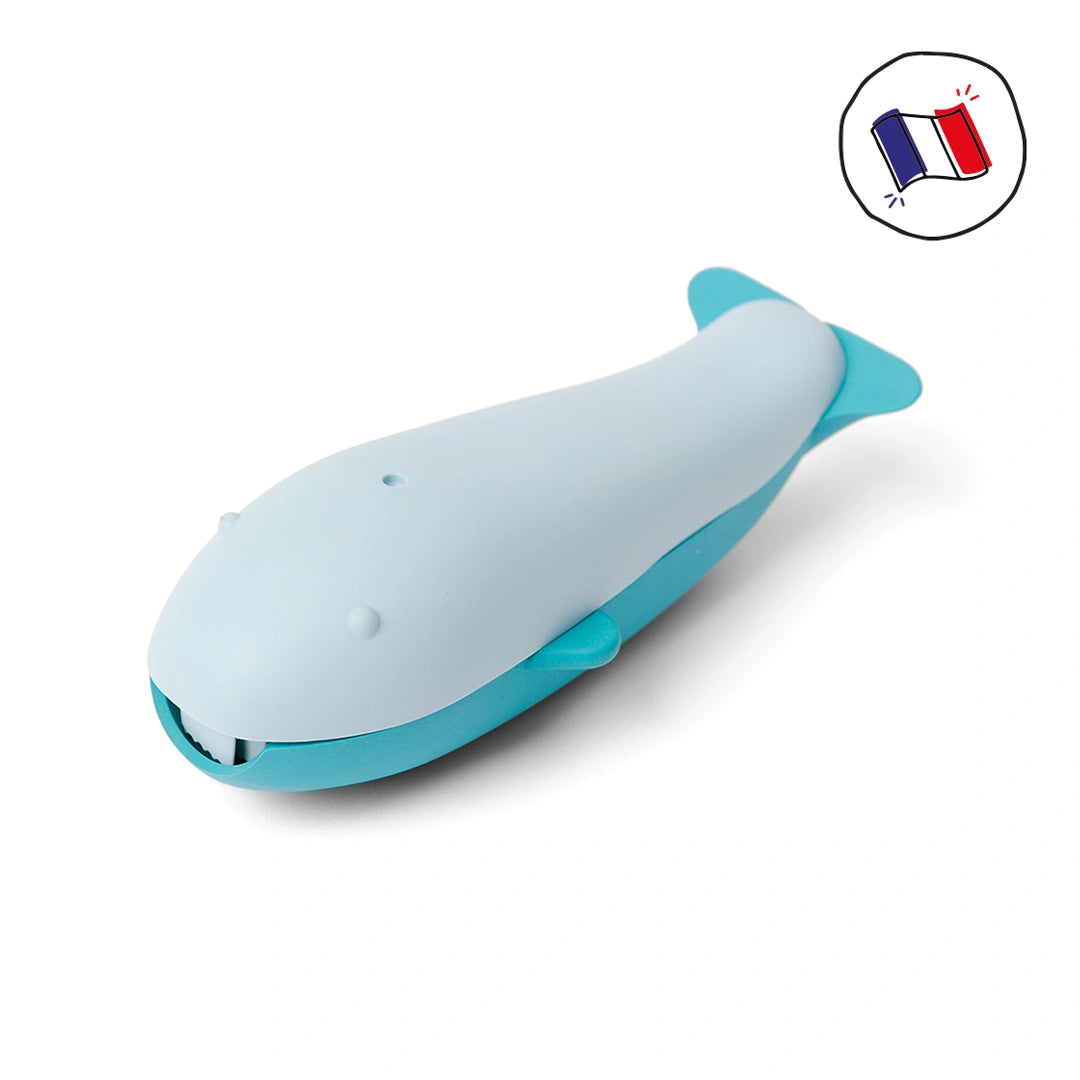Piks increases visuo-spatial abilities
Piks is much more than a toy. Piks is an educational and evolving game which accompanies the child by helping him to develop essential skills: motor faculties, self-esteem, decision-making and risk-taking, visuo-spatial capabilities, etc.

What are visuospatial abilities?
The visuospatial functions represent all the processes of the brain that allow se represent in space in two or three dimensions.
These visuo-spatial abilities or skills allow the child to perceive objects, of organiser, mentally visualize an absent object, orient oneself in space…
We must constantly analyze the shapes, the colors that surround us in order to assess the distance of one object from another, or the distance between ourselves and an object. The analysis of his visual information allows us to act in our daily environment. The main components of visuospatial capabilities are:
- orientation in space (the distance between us and an object, finding our bearings in a place, etc.)
- The organization of visual scenes (perceive objects and organize them coherently)
- The mental representation (mentally imagine a physically absent object)
Why is it important to develop visual-spatial skills?
As adults, we use our visual-spatial abilities every day without even realizing it! Indispensable to our daily lives, these must be developed from an early age.
Through its first movements, grips, trips, the child will appreciate the notions of distance, height, depth... over time, he will acquire fine motor skills and will even be able to draw up a plan to reach his goal (he will move and climb on an armchair to catch a object for example).
The development of visuospatial functions is needed to analyze the position of objects, evaluate the orientation of lines, orient actions such as grabbing an object.
Developing your visuo-spatial abilities can help solve problems such as mental arithmetic, help memorize (routes, places, etc.), and contribute to anticipating events. A visual-spatial disorder can disturb the perception position and l’orientation elements in relation to oneself, the comparison of shapes, the notion of right/left.
Creativity exists thanks to mental imagery, it allows the child to create an image of things that do not necessarily exist in reality. Visuo-spatial abilities are therefore the basis for developing other skills.

How to increase your visuo-spatial abilities through play?
The game is ideal for developing children's visual-spatial skills from an early age!
For the little ones, assembly games, built-in games, stacking games are very beneficial! The child will have to take the time to analyze the different objects, shapes, colors... The child will try, test things and that's how he will learn, by trial and error! Little by little, he will analyze the different shapes more and they will soon have no more secrets for him!
Growing up, visuo-spatial functions can be developed through the design (the child mentally imagines first what he wants to draw and thinks before starting!), the puzzles (the child must observe, analyze the position of the other pieces before positioning the next one!) and the more complex construction games.
All games from visual memorization are very useful to allow the child to observe, analyze,... and develop his mental representation (for example the game of the 5 differences, the memory...).
How to develop your visuospatial skills with Piks
building games are beneficial for the development of visuospatial functions! And Piks is even more so, with its variety of colors, the different sizes of silicone cones and the various shapes of wooden boards. The combinations are endless, which will allow the child to work on their visual-spatial skills in a different way each time, while still having fun of course!
With Piks, children must analyze the different positions of the cones and planchettes in order to assess the situation and to take decisions to continue construction. The mental representation is also called upon because we have to project ourselves, mentally visualize the final result or the next objective to accomplish his mission!
Piks is developing the hand-eye coordination, that is to say the fact that the eyes will guide the hand to grasp an object for example. The child thus learns to adapt the movement of his hand to achieve its goal and to coordinate the movements of the body with the vision. And to develop this, three-dimensional space is essential! This is why screens, essentially in 2D, do not increase visuo-spatial capacities. It is therefore essential to move away from screens and to favor three-dimensional games which allow the learning of many skills essential to the good development of children.
